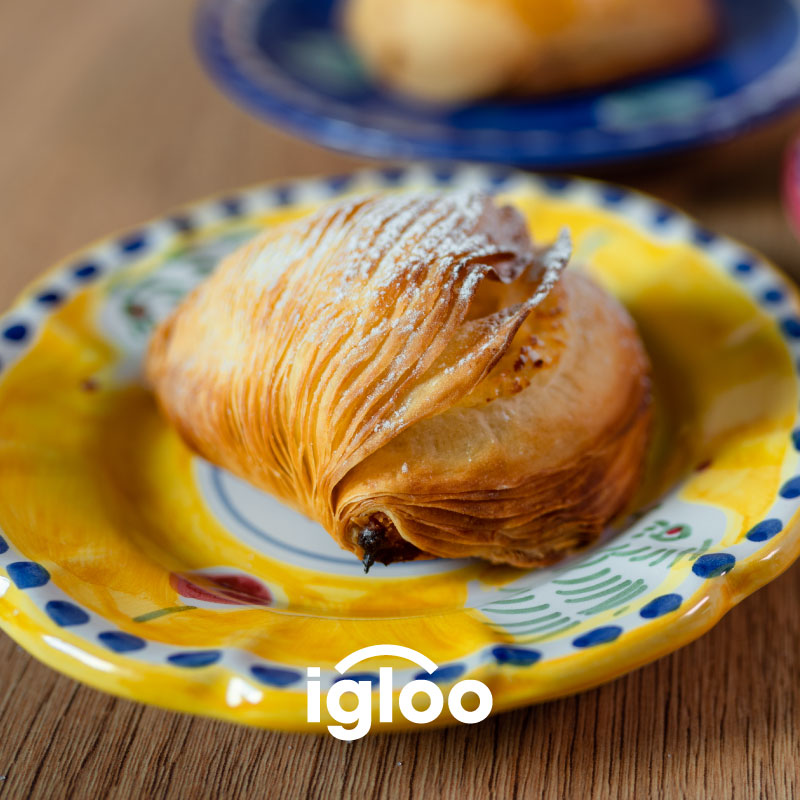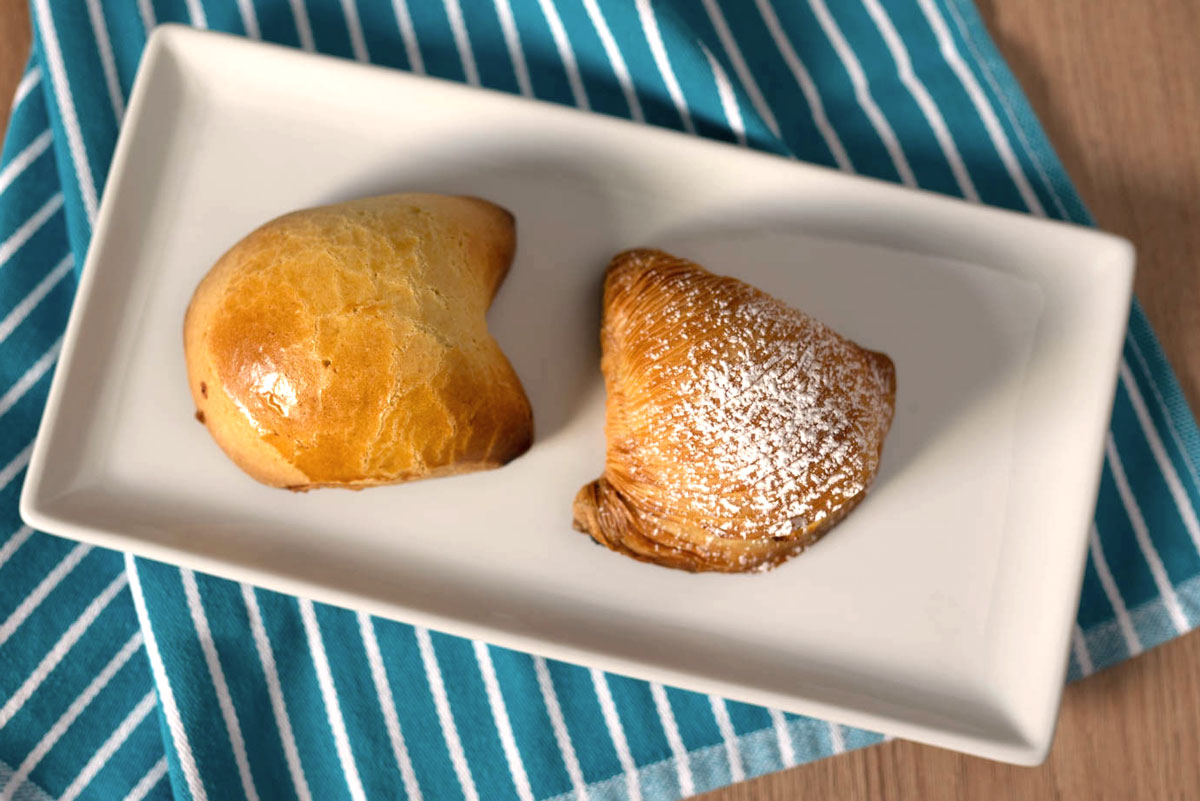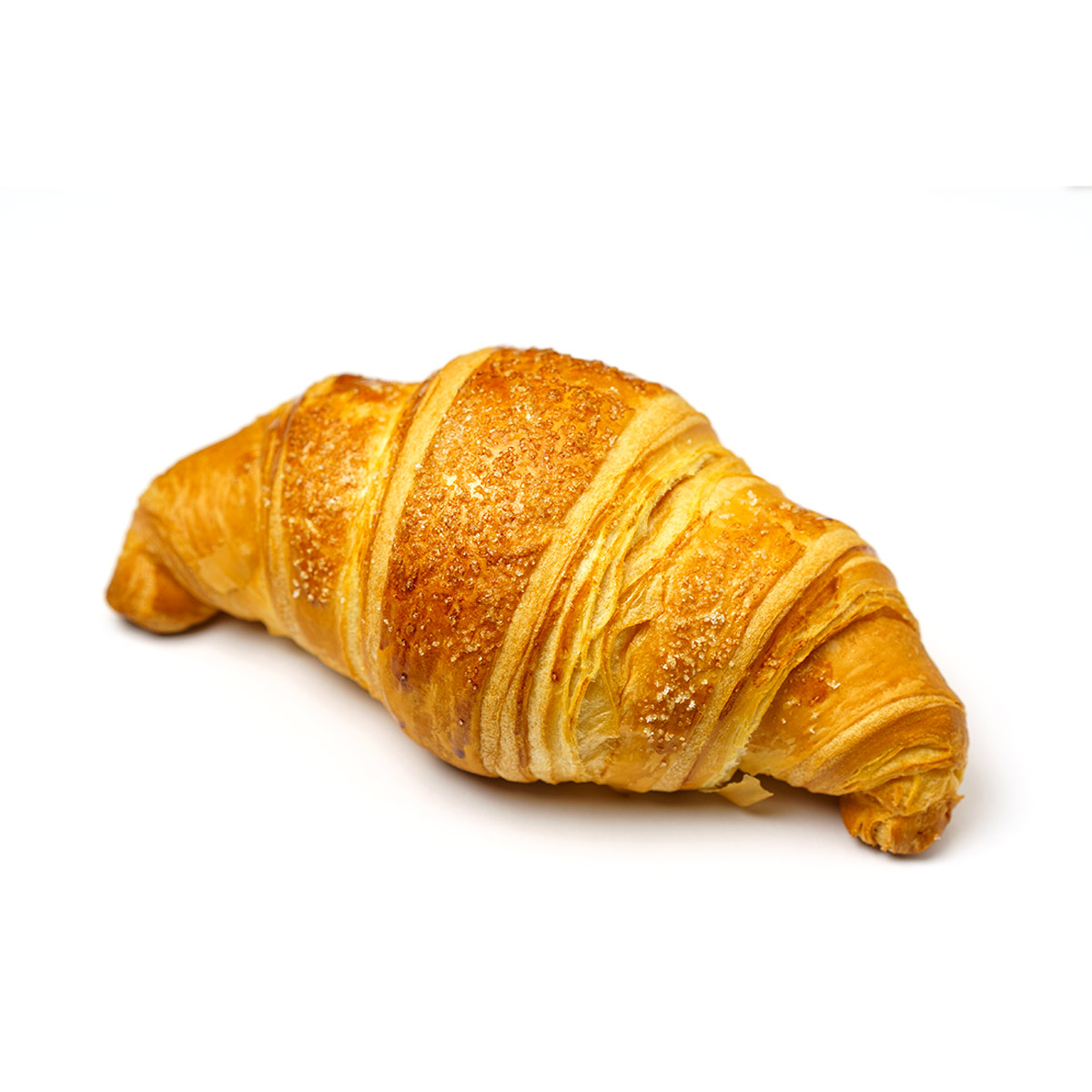Contrary to what is commonly believed, the Sfogliatella was not born in Naples but in the province of Salerno, precisely on the Amalfi Coast. Its origins, in fact, date back to the distant 1600s, in the monastery of Santa Rosa in Conca dei Marini and to the expert hands of the cloistered nuns who lived there.

La riconosci? Questa è Conca dei Marini: poteva non nascere qualcosa di delizioso da un posto così?
Among the activities that marked the life of the monastery there was certainly the kitchen which was administered in a regime of true autarky, in fact everything was produced on site. Tradition has it that the creation of the first Sfogliatella occurred purely by chance, in fact it is said that on the day dedicated to making bread, the nun cook Sister Clotilde found some semolina flour cooked in milk left over. To avoid throwing it away, he decided to add some ingredients that were abundant in the pantry: dried fruit, lemon liqueur (the ancestor of Limoncello) and sugar and then enriched the bread dough with a little lard and white wine, to transform classic bread dough into a sweet pastry.

He makes two sheets of paper and puts the filling inside. He creates a nun’s hood-shaped pastry. He cooks it in a wood oven.
Well, the goodness of the dessert was such that the Mother Superior decided that the dessert would be sold to the inhabitants of the town but without any danger due to the rigorous seclusion: the dessert was in fact placed on the classic wheel in exchange for a few coins.
They called it Santa Rosa after the saint of the convent and on the day of Santa Rosa – then August 30th – the dessert was given to all the citizens of Conca dei Marini.
As time passes, the Sfogliatella is enriched with new ingredients such as ricotta, black cherries in syrup and custard.
For more than a century, however, the recipe for the Sfogliatella Santa Rosa remained jealously guarded within the walls of the monastery. It was only in the early years of the 19th century that a Neapolitan innkeeper, Pasquale Pintauro, owner of a tavern in Via Toledo, right in front of Santa Brigida, fell so in love with the Sfogliatella that he transformed his tavern into a pastry workshop and became a pastry chef himself. same!

Pintauro made a slight variation on the theme, eliminating the custard and black cherry, and eliminating the upper nun’s hood protuberance. The Sfogliatella as we know it today was born. Its most famous variety, the “riccia”, has since then maintained its triangular, shell-shaped, super-crispy shape, composed of very thin layers of puff pastry overlapping each other, filled with semolina, eggs, ricotta, candied fruit, milk and sugar.
We all also know a third variant of the Sfogliatella, the “frolla”, with a rounded shape, made with soft shortcrust pastry and with the same filling as the curly Sfogliatella. There are therefore 3 classic variations of the Sfogliatella: the “riccia”, the “frolla” and the “Santa Rosa”, the one that was originally garnished with custard and black cherries.
At Igloo we consider ourselves heirs of this great tradition and every day in our laboratory these incredible goodies are born, ready to reach every corner of Italy with their extraordinary fragrance.



